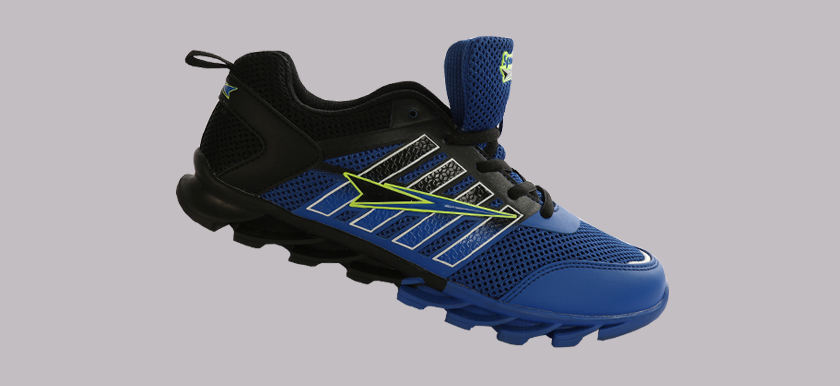How to Choose Right Shoes for Running ?

Quick Fitting Facts for Athletic Shoes
July 20, 2016
Sprandiindia Footwear Advantages
July 20, 2016Every sport needs proper gearing up and so do running. Every runner needs a shoe which may or may not have a logo stitched on its side but should be reliable and comfortable. A wrong pair of running shoes can not only ruin this sport but can also cause major injuries. Choosing right running shoes are important and easy to do but most of the times it is ignored.
And many of the runners are even not aware of the right shoes that they should have. But there’s a reliable and scientific way for each of us to choose the right pair of running shoes. There are some technical areas which need to be considered it’s not as simple as standing in a shoes store and looking for the right brand. In general, theses shoes would last between 450 miles to 600 miles of running. Check your shoes are they worn out? Check if the midsoles and outsoles are compressed. And if yes, so now is the time to change your shoes.
Which shoes to opt for? (Activity wise)
- Road running Shoes : -These shoes are designed for occasional running. These are for light exercises. These are light shoes. They are flexible and stabilise feet on pavements and on hard surfaces; they are made to provide cushion support against such surfaces.
- Trail –Running shoes : -These shoes are designed for off-road routes. These shoes are perfect for the trails with rocks, mud, roots and other obstacles. These are perfectly designed for solid traction and are equipped to offer stability, support and underfoot padding.
- Crossfit Shoes : -These shoes are for the gym or CrossFit workouts. They are called cross-training shoes too. They are suitable for thick platforms. They provide full support and balance to the foot.
Which shoes to opt for? (Feet type wise)
- There are generally two types of wear patterns Overpronation and Pronation. The primer one is identified by the wear patterns along the edges of your shoes. It’s a very common trait and is found in the majority of runners.
They need shoes that provide stability and control. Otherwise, theses runners may face injury and knee pain. Unlike its counterpart Pronation demonstrate a wear pattern centralised to the ball of the foot and a small portion of the heel. It’s a normal trait that’s neutral in nature. And these are biomechanically more efficient runners. - Under Pronation and Minimalist running: – Supination or under-Pronations can be noticed by wear along the outer edge of the shoe. Comparatively, one could find few supinate runners. And who do needs a shoe with lots of padding and flexibility. Barefoot or the minimalist running are the ones whose feet is likely to hit the ground heel first. And it is because a shoe heel has an elevated cushion; it’s the forefoot or the mid-foot that touched the ground first
There are several studies been done in order to provide the right shoes to the right runner? Many experiments have been conducted to prove the fact that every foot and every sport needs different shoes. It would not only enhance the performance of the sportsmen but it will also protect them from untimely injuries.


